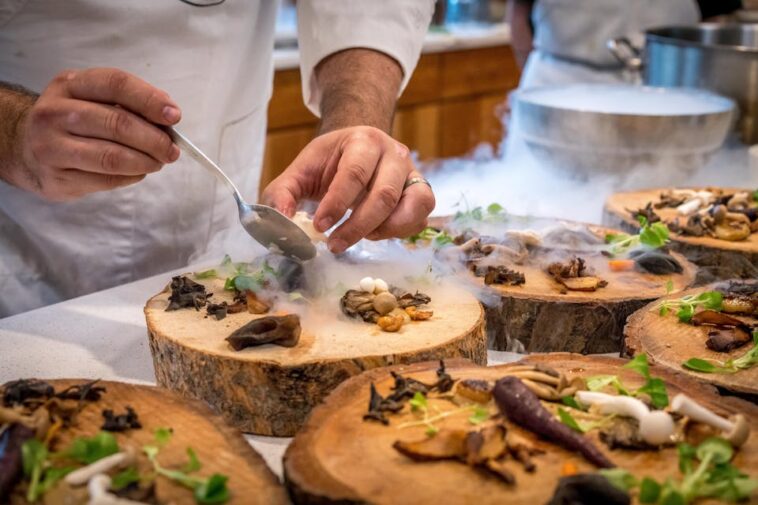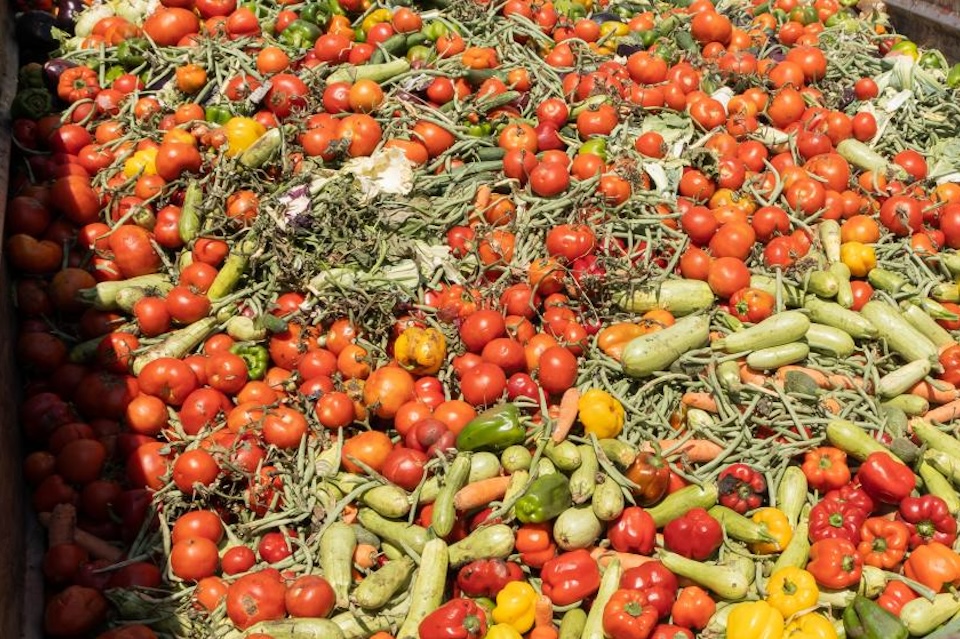Forget white tablecloths and Michelin stars. The true soul of a city lives in its back alleys, open-air stalls, and sometimes even its trash bins. From Bangkok’s sizzling street corners to Berlin’s zero-waste kitchens, a new wave of food tourism is emerging—one that’s raw, real, and radically local.
This isn’t about shock value. It’s about authenticity, sustainability, and finding connection through food in its most unpolished form. Welcome to the world of dumpster dining and street feasts, where your next unforgettable meal might be under a highway overpass or sourced from yesterday’s excess.
Street Food: The Beating Heart of a City

If you want to taste the culture of a place, start with its street food. These aren’t just cheap eats—they’re living traditions, shaped by generations and flavored by necessity, creativity, and bold local spice.
If you’re in Los Angeles, don’t miss the tacos al pastor sizzling at Avenue 26 or the fried plantains in Leimert Park. In New York City, head to Roosevelt Avenue in Queens for a trip around the globe in just a few blocks—from Ecuadorian hornado to Tibetan momos.
Street food is immediate, intimate, and unpredictable. You talk to the cook. You eat with your hands. You stand, squat, or balance a paper plate on your knee. It’s not just food—it’s theatre, history, and social commentary all at once.
Eating Bugs at Night Markets: Fear Factor or Future Food?
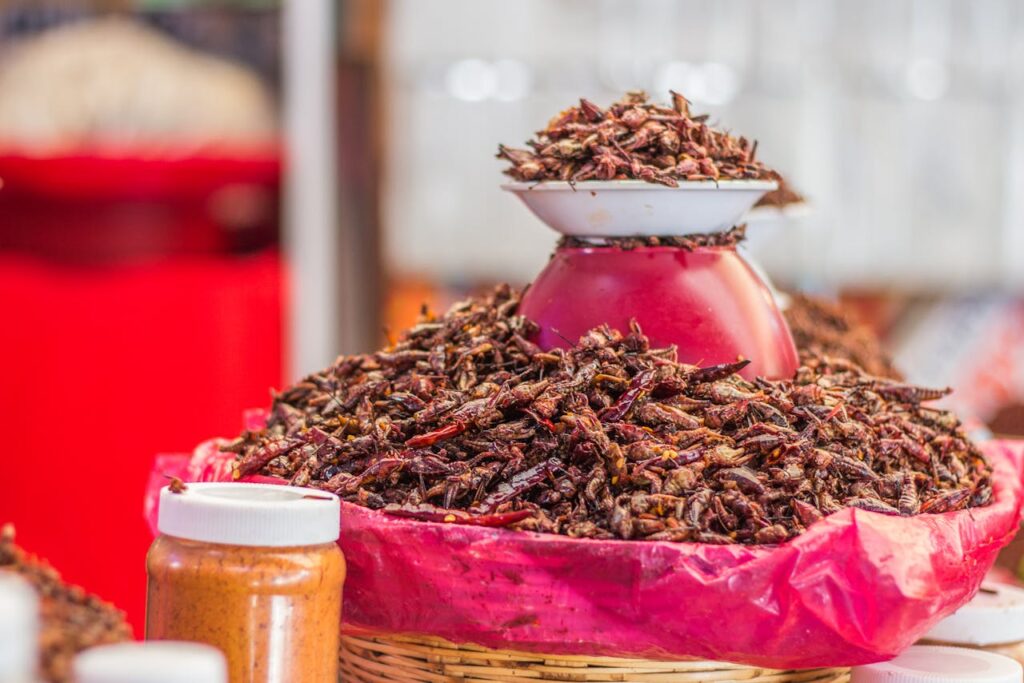
Crickets in Chiang Mai. Silkworms in Seoul. Scorpions in Saigon. Eating bugs might make some squeamish, but for billions around the world, it’s simply dinner. And for a growing number of food tourists, it’s a badge of honor—and a step toward sustainable eating.
Insects are protein-rich, low-impact, and surprisingly versatile. Fried with chili and lime, dipped in chocolate, or ground into flour, they’re a gateway to experiencing how other cultures eat with efficiency and without waste.
Pro tip: If you’re visiting Austin, Texas, check out Bug-E Bites, a pop-up that turns mealworms and grasshoppers into gourmet tacos and tamales.
Dumpster Dining: Challenging the Meaning of “Fresh”
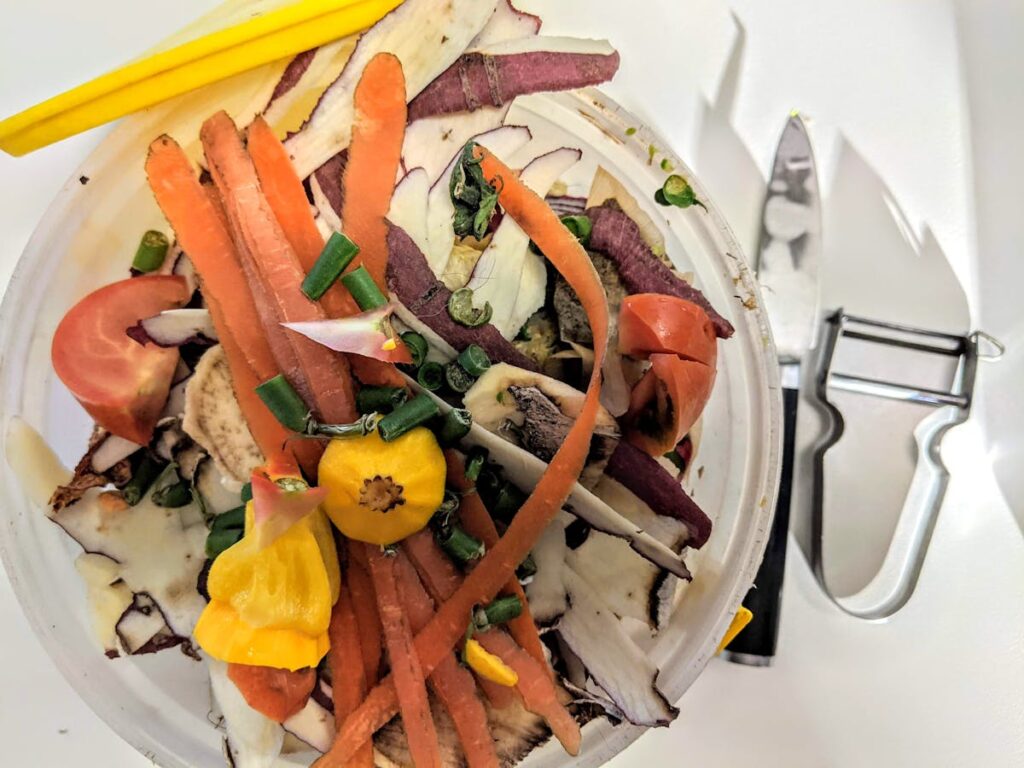
Enter the world of freeganism and dumpster dining, where the line between waste and worth is blurred. Freegans search behind supermarkets and restaurants for still-edible food discarded due to sell-by dates, minor imperfections, or overstock.
In cities like Portland, Amsterdam, and Melbourne, this isn’t a fringe activity—it’s a movement. Guided tours, underground supper clubs, and social collectives invite curious eaters to challenge their assumptions about consumption and excess.
And it’s not all cold, packaged leftovers. Many freegans use salvaged ingredients to prepare full meals—often vegan, always inventive—and host pop-up events that rival traditional farm-to-table fare.
Want to go deeper? Try The Real Junk Food Project in London, which transforms surplus food into gourmet dishes at “pay what you feel” cafés.
Zero-Waste Fine Dining: Where Art Meets Ethics
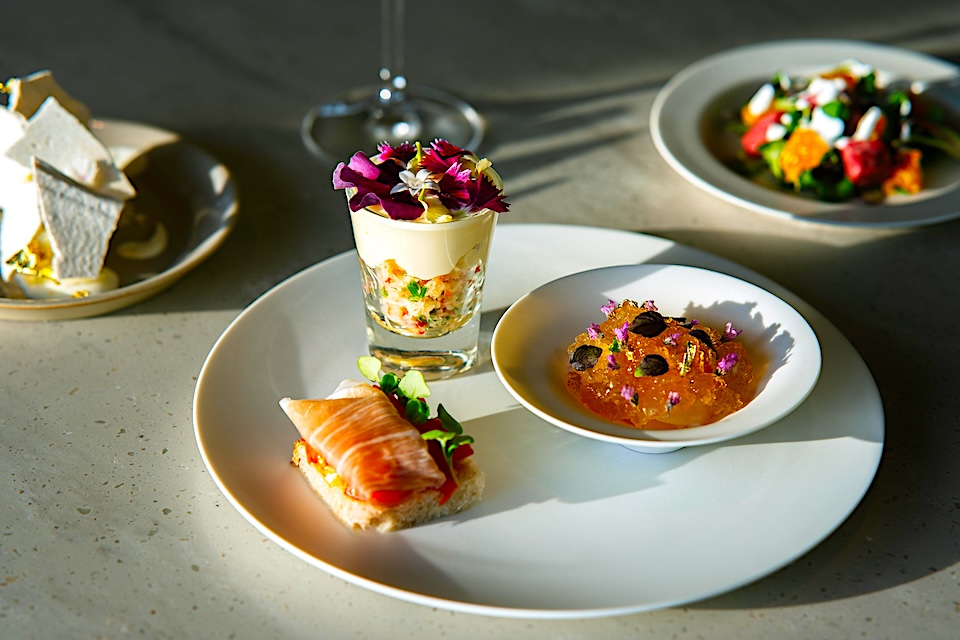
On the other end of the spectrum is a growing breed of zero-waste, high-end restaurants—places that operate with surgical precision to ensure nothing goes unused.
Chefs at places like Nolla in Helsinki, Silo in London, and Blue Hill at Stone Barns in upstate New York are crafting multi-course experiences that repurpose carrot tops, fish bones, and coffee grounds into culinary masterpieces.
It’s luxury with a conscience—and a reminder that sustainability doesn’t mean sacrifice. It means In San Francisco, Shuggie’s Trash Pie + Natural Wine serves pizzas and snacks made from rescued ingredients, supporting local farmers and diverting food from landfills.
The Rise of Urban Foraging
Imagine gathering wild herbs in the Bronx, mushrooms in Paris, or seaweed on the Scottish coast. Urban foraging is growing in popularity among locals and tourists alike, offering a direct, tactile connection to a place’s edible ecosystem.
Foragers teach respect for the environment and the seasons. They also add an educational element to culinary travel, turning a walk in the park into an ingredient hunt that leads to truly wild meals.
Check out NYC Foraging Tours with Wildman Steve Brill for a deliciously off-the-grid experience in Central Park.
Food Tourism — Reimagined

This kind of food tourism isn’t about Instagrammable aesthetics—it’s about human connection, ethical eating, and stepping outside your comfort zone. Whether it’s a smoky street stall in Nairobi or a trash-transformed plate in Copenhagen, these experiences reveal the messy, beautiful truths behind what—and how—we eat.
They challenge class assumptions, highlight food injustice, and celebrate the creativity of people who do a lot with very little. More than anything, they invite us to slow down, listen, and taste with intention.
Tips for Travelers Looking to Feast on the Fringe

- Do your research – Look up local food laws, safety tips, and ethical practices for eating off the beaten path.
- Bring an open mind – What’s strange to you might be someone’s comfort food.
- Connect with locals – Use apps like Eatwith or AirBnB Experiences to find underground chefs and unique meals.
- Pack reusable gear – Tupperware, cutlery, and water bottles can help reduce your footprint.
- Practice respect – Don’t treat people’s livelihoods or traditions like spectacles. Ask questions, show gratitude.
Local Impact: Supporting Communities Through Conscious Consumption
Choosing these raw, real food experiences also often means putting money (or support) directly into the hands of the people who need it most—immigrants, small-scale farmers, foragers, and social justice-oriented chefs. It’s a far cry from the international hotel buffet—and that’s the point.
In places like New Orleans, Detroit, or Oakland, food isn’t just nourishment. It’s resistance. It’s joy. It’s legacy. By seeking out the street vendors, pop-ups, and food justice collectives, you get a taste of the city’s heart—and help keep it beating.
Final Bite

Dumpster dining and street feasts aren’t for everyone—but for the curious, conscious, and adventurous eater, they offer something traditional restaurants can’t: a deeper connection to place, people, and purpose.
So the next time you travel, skip the tourist traps and Michelin guide. Find the mom grilling skewers under a tarp. Taste the bug. Attend the supper club serving dumpster-sourced meals. You’ll leave full—not just in stomach, but in story.
